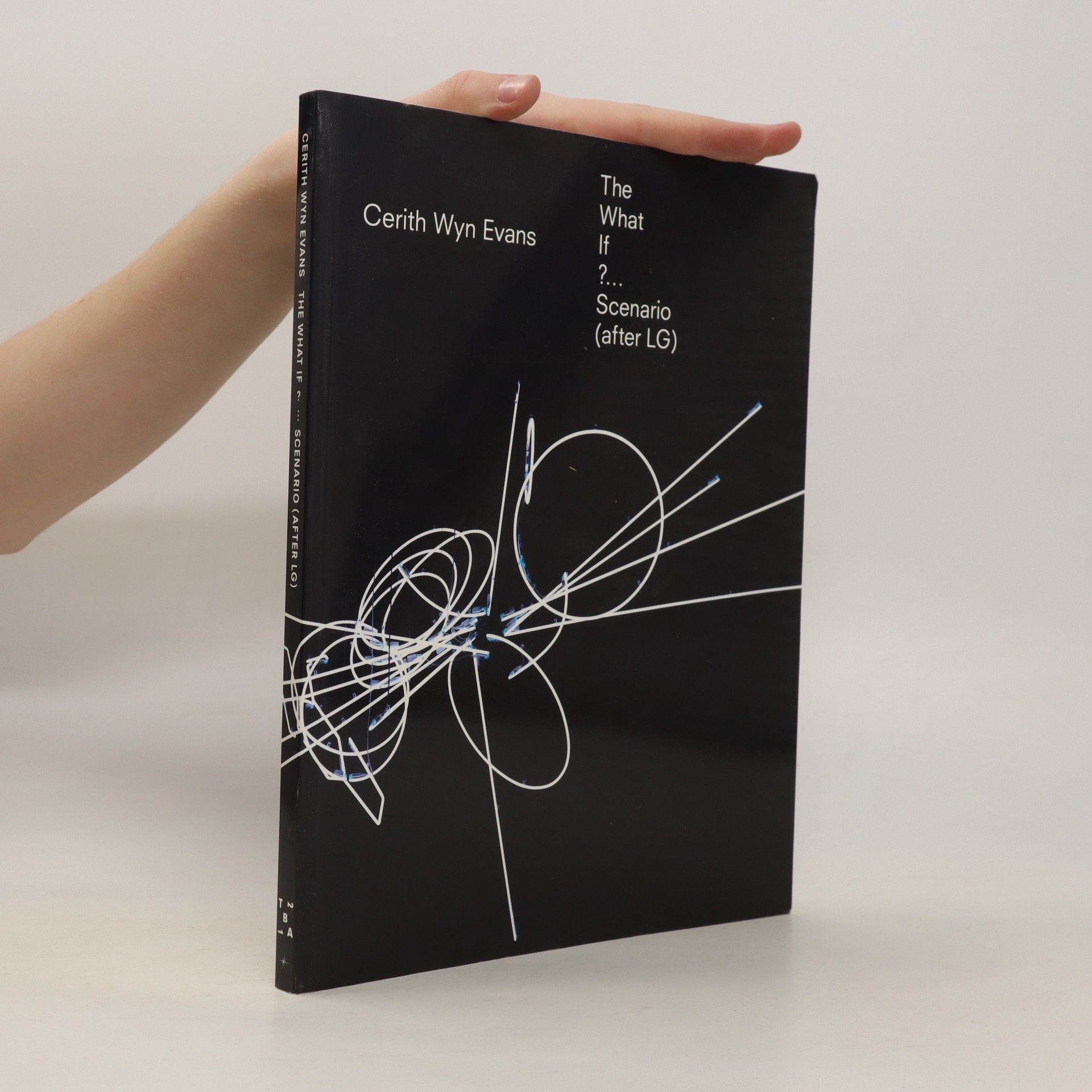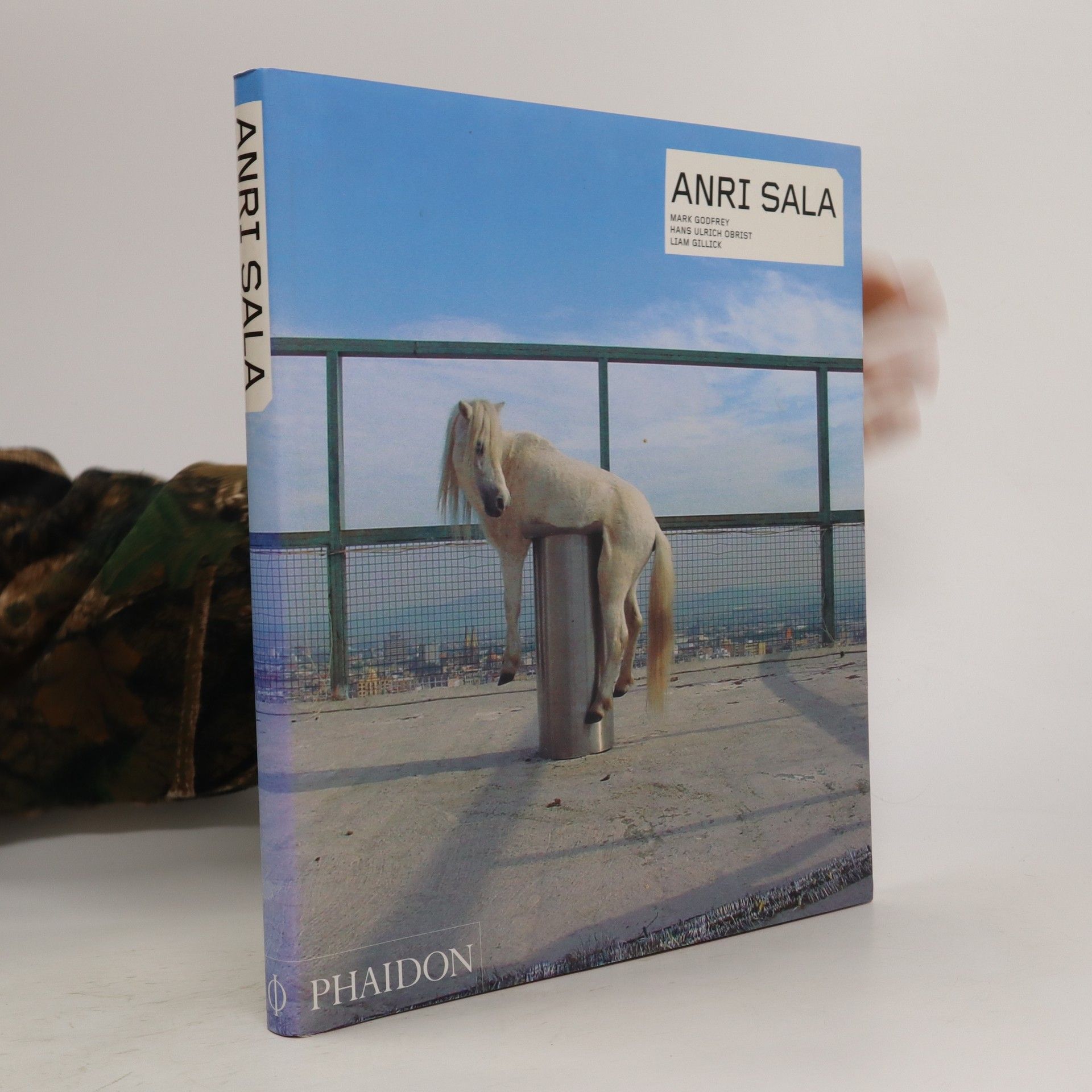Anri Sala (b. 1974) creates hauntingly simple videos that explore the roles language and vision play in fractured contemporary society. Anri Sala is represented by Galerie Chantal Crousel (Paris), Hauser & Wirth (Zurich/London) and Marian Goodman Gallery (New York).
Liam Gillick Livres






This new monograph, the first in 10 years to bring together a truly substantial body of Gillick's work, takes as its focus the artist's projects of the last five years, proposing a new reading of his oeuvre. It draws attention to the rigor of the thinking developed in both his sculptural work and his writings, as well as to his sharp visual sense of the structural and formal properties of his materials. Gillick appeared on the scene at the beginning of the 1990s, right in the middle of the YBA phenomenon, and has since had wide exposure in exhibitions like Documenta, Manifesta and the Venice Biennale, and in being nominated for the 2002 Turner prize.
A Variability Quantifier
- 200pages
- 7 heures de lecture
Focusing on climate awareness, Liam Gillick's project on Fogo Island features the installation of a unique weather station that not only collects local weather data but also serves as a hub for education and community dialogue. The book documents his 2023 return to the island for a documentary, capturing conversations with residents about the climate crisis's impact on their lives. It includes a detailed account of the installation process and highlights Gillick's ongoing commitment to integrating art with scientific discourse on climate issues.
Liam Gillick's designs for conference rooms, corridors and offices solidify the artist's sustained interest in negotiating the middle-ground between corporate culture and contemporary art. This illustrated reader contains an essay by Gillick on the dissolution of the public/private dichotomy within the grey zone of semi-public/semi-private spheres.
Techniques Anglaise presents the work of more than two dozen of the most prominent young artists working in Britain today. The artists have created pages especially for the book which represent their work whilst a forum of leading critics commentators and gallerists participate in an introductory discussion on the complex issue raised by this unique grouping.